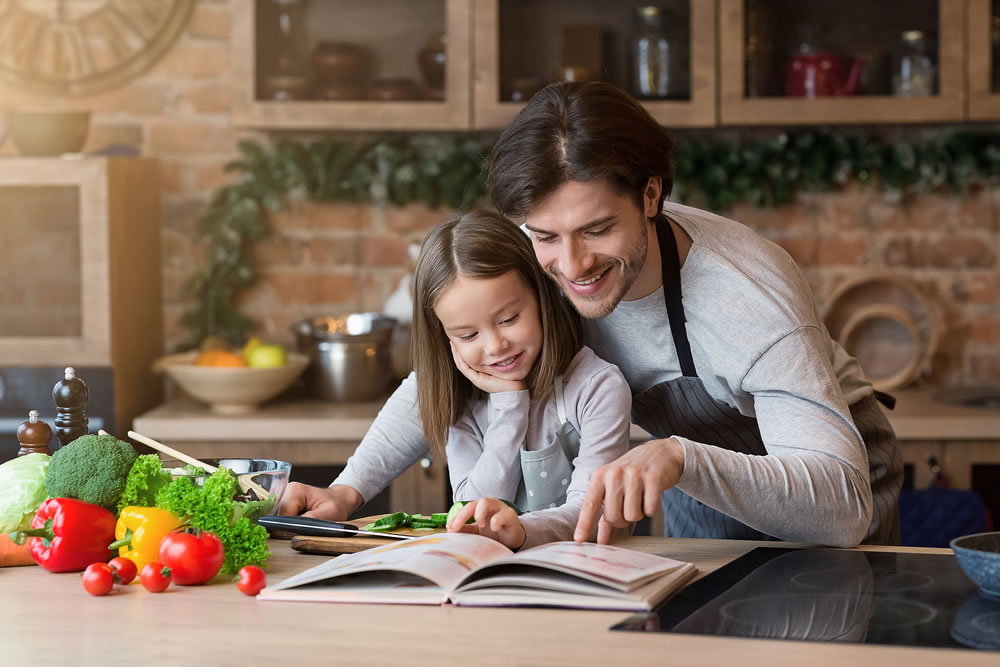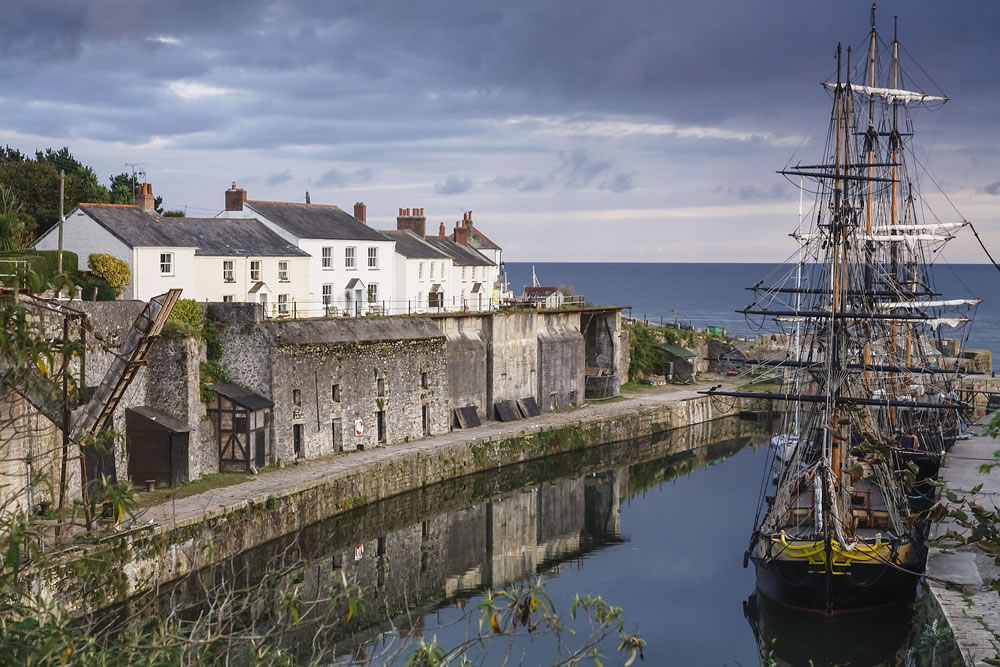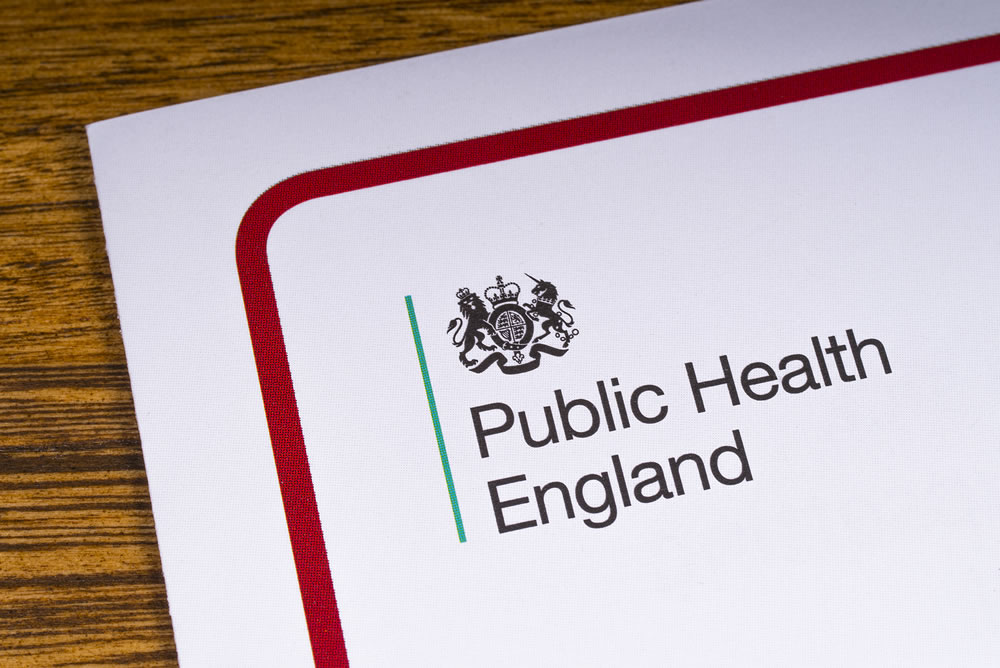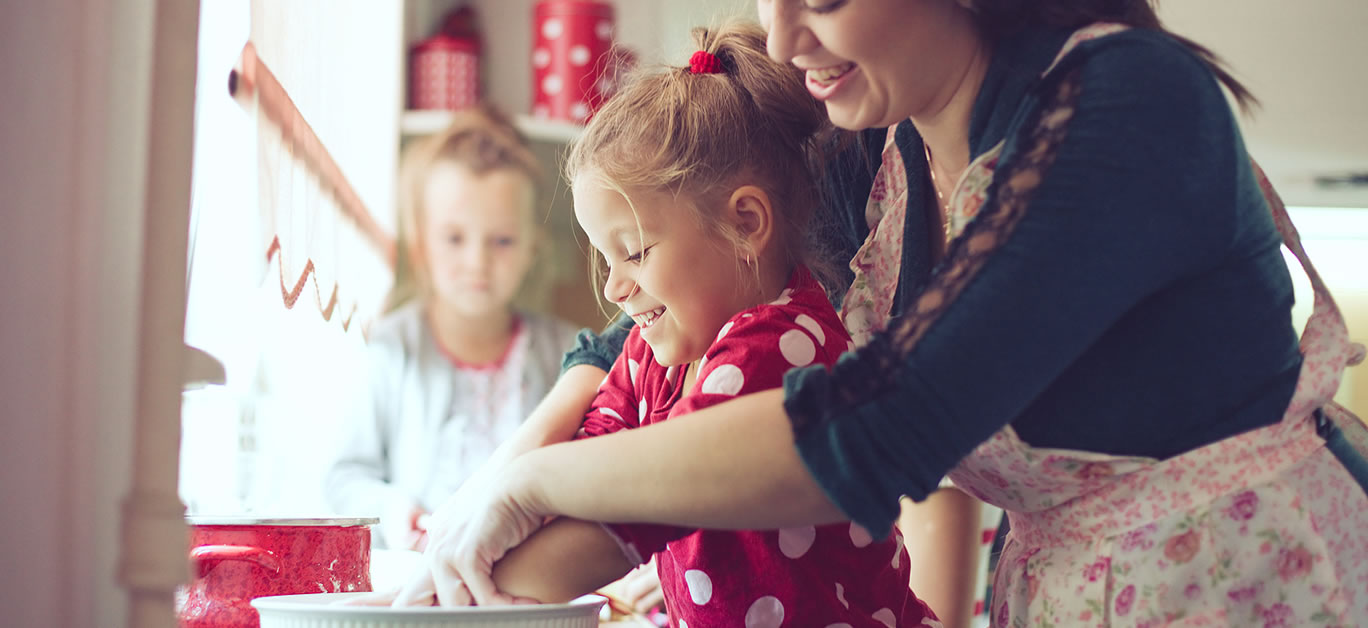Words by Gary Peeling
Lockdown has forced people to hit the reset button in more ways than one. Everything from family meals, holidays, trips to the high street, and outings to the cinema have been impacted by the Covid-19 outbreak. Consumer behaviours have changed, with more people eating at home, sitting in front of the TV, and opting for the ‘staycation’ as this year’s holiday choice.
Has the pandemic we’re experiencing made the UK fall back in love with tradition when it comes to our eating and drinking habits, going on holiday, and even how businesses are reaching consumers through advertising? Let’s take a closer look.
Home cooking is on the menu

During lockdown, our eating and drinking habits changed. The temporary closure of restaurants on 20 March meant that we all had to eat at home without the luxury of being able to say, “Shall we go out for food?”.
But the limitations didn’t stop people tapping into their creative side. The demand for flour – to bake bread and cakes with – was so high that supermarket shelves suffered shortages throughout April and May. Furthermore, even though restaurants have been allowed to reopen and have been supported by the government’s ‘Eat Out to Help Out’ scheme, consumers appear to be more comfortable eating at home.
A recent research study by Bain and Company showed that 60% of respondents cooked at home before the pandemic. This figure rose to 72% during lockdown. Restaurant demand sits at just 3% now, despite the ability to go out for food now.
The latest release of the EY Future Consumer Index also shows that most UK consumers are still uncomfortable with eating out. A poll of more than 1,000 UK consumers showed that only 27% of respondents were comfortable with dining in a restaurant. One of the key factors behind the hesitation appears to be hygiene.
Staycation – here for good?

Not only has the global pandemic seen a shift towards home cooking, but it’s also seen the emergence of the ‘staycation’. Fuelled originally by the inability to travel abroad, the appetite for people in the UK to visit other parts of the country for a holiday hasn’t weakened, despite the introduction of travel corridors.
The change in behaviour has presented business owners in the UK travel industry with a unique opportunity to offer their accommodation to people who would never usually consider staying on home soil. A luxury lodge park in South Lakeland is an example of this, with Doe Wood Lodges having planning permission approved for a further 50 caravan pitches on site.
Many believe the staycation boom will be here to stay, with farmers across the country ramping up plans to get in on the action. From camping and glamping to cottages and lodges, the desire to stay somewhere safe and secluded is high. It’s understandable too, with the UK’s travel corridor list-making new headlines every day.
The opportunity for printing success

Lockdown also had a profound impact on traditional advertising spend in the UK. With the public told to stay at home and high streets empty, advertisers saw the need to reduce their budget for TV, newspapers and magazines, radio and cinema. The results of which saw a 48% decline in advertising spend over lockdown, with an overall reduction of approximately £1.1 billion.
It’s little surprise to see that the government was the biggest spender on advertising during the lockdown. Messages for social distancing and staying at home dominated every advertising channel. Public Health England spent £44 million in total – a 5,000% year-on-year increase.
The reduction in traditional advertising has seen a new-found focus for companies to implement digital strategies. Both paid search and paid social are seen as ways to capitalise on the fact people are on the internet and their phones more often.
But with ever-growing saturation in the market and Google’s recent decision to pass on their 2% digital tax to advertisers, the opportunity to cut through the digital noise with printing materials presents itself.
If you’ve been inside a pub or restaurant recently, you will have seen effective examples of pull up banners to inform customers about Covid-19 measures. They often include information for how to order food and drink on apps too.
Also, the signs put up in front windows in support of the NHS, including artistic murals plastered on walls and billboards, means physical signage like flyers and posters may well be used for much more than social distancing and hygiene messaging over the next year or so.
Is the new normal so bad?
Travel advancements can get you to exotic countries quicker than travelling north to south in the UK. So, it’s refreshing to see people stay in the country for holidays and spend quality time with their families at the dinner table. Furthermore, this choice helps support local and national economies.
Gary Peeling, CEO at UK commercial print company: Where The Trade Buys, currently producing PPE for UK education spaces, workplaces, hospitality venues, retail stores, charity shops, the NHS and more. The company has also been involved in manufacturing face visors for NHS essential workers in the fight against Covid-19.






















